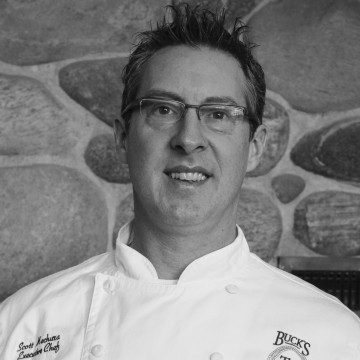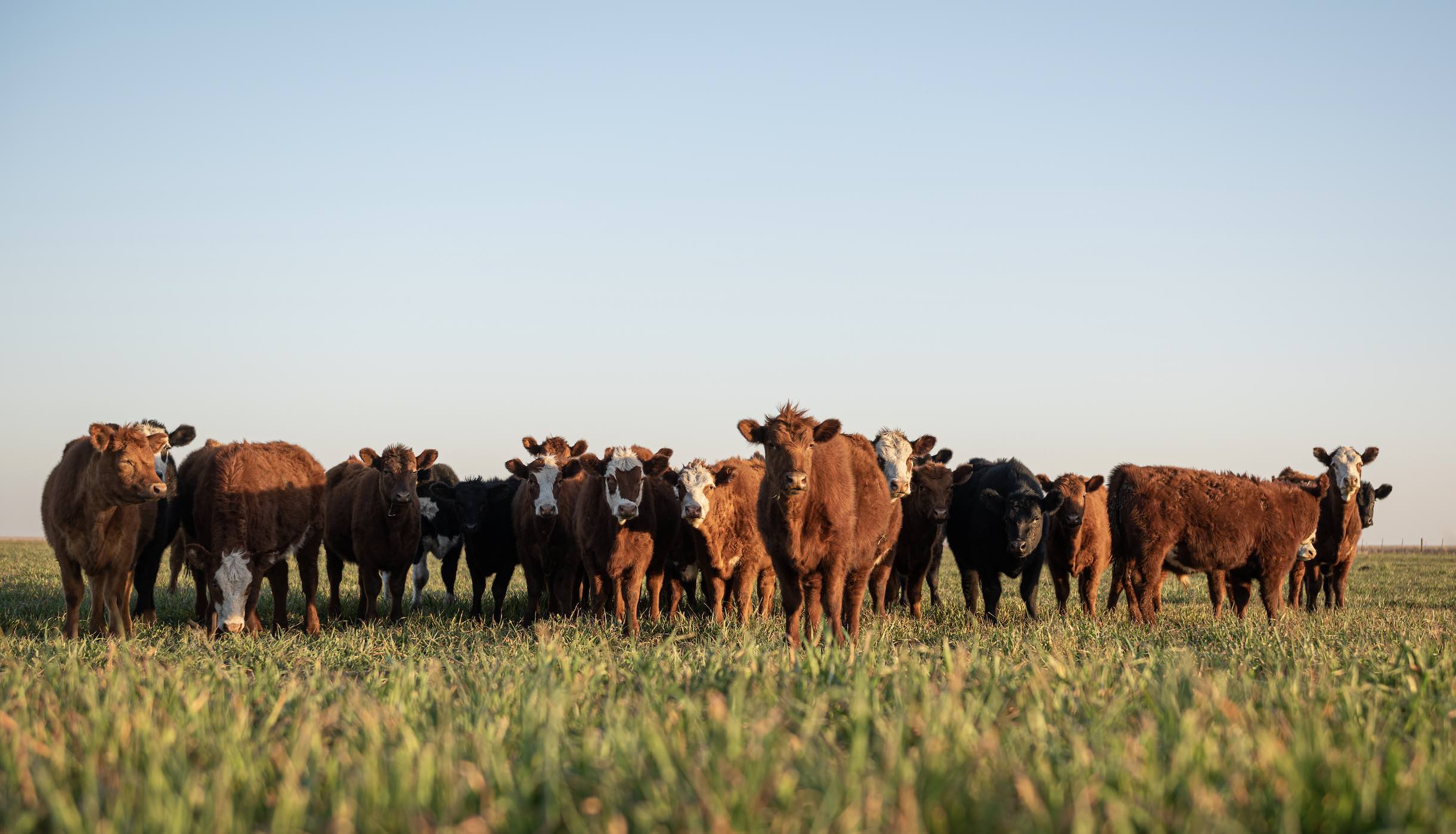By Scott Mechura EBS COLUMNIST

Sometimes, our lives are made better, easier or more enjoyable by the unlikeliest of people.
Take for example the Kingsford charcoal empire being a direct byproduct of the scrap wood from Henry Ford’s assembly line Model T, or perhaps the popular children’s toy, the slinky, being the end result of engineer Richard James’ pursuit of a spring to soften tension and noise on U.S. warships.
Such was the case for Mary Temple Grandin, an autistic child born into well-to-do Boston parents.
Imagine growing up with autism in the 1950s urban-sprawl America.
We knew so little about autism in those days, so trying to assimilate with other kids, in any way an elementary pupil knew how in 1950s Boston, had to be very difficult under regular circumstances.
But moderate wealth allowed her parents, and more so her mother, to cure her daughter of what was being diagnosed as “brain damage,” a diagnosis that stuck with her until the age of 63, when cerebral imaging at the University of Utah put that to rest and fully embraced her condition as autism.
Young Temple Grandin underwent extensive speech therapy and special education and was able to not only overcome some of her challenges, but go on to earn a bachelor’s in psychology, a master’s in animal science and a doctoral in animal science.
So why am I telling you about this autism pioneer in an Amuse Bouche column?
Well, every time you enjoy a steak, specifically for its tenderness, there is a good chance that Temple Grandin had something to do with it.
Cattle are curious animals by nature but they are also cautious and skittish. They are naturally afraid of humans in kind of an “it’s not you it’s me” sort of way.
Couple that with a human’s own natural tendency to force the issue and coerce a cow to go where they want them to go, often against the desire of said cow, and it’s a recipe for a tough steak.
Cowboys and corners are abrupt. Abrupt is change. Change is stress, stress is adrenaline and other amino acids quickly getting released into the muscle tissue. When these flood the muscle tissue, it tightens it, readying it for fight or flight. Whether a predator, a blizzard, intense heat, navigating deep river water, the prod of a ranch hand or even the sight of watching their newborn calf get restrained for an ear tag, adrenaline doesn’t know the difference.
Cattle didn’t want to go around a corner they didn’t know, particularly if they couldn’t see their brethren. So naturally they got prodded, which makes them stressed both psychologically and physically. They then either scurry frantically or they freeze and stand there. So, more prodding. Temple Grandin helped show that this was an unnecessary catch 22.
But at its core was her discovery that corners stress cattle out far more than curves do.
This is similar for sheep, lamb and pigs, but not to the same degree as it is true for cattle. That’s to say that the wiring in a cow’s brain is at its calmest when it meanders; when they have a natural flow to the direction in which they walk, particularly in a group or herd.
Temple Grandin herself designed pens and shoots with no corners and distances proportionate to two to three body lengths before making another turn. They also generally tend to almost end very close to where they started.
Livestock handlers at first thought this to be silly and a waste of money. But what few bothered to notice was that a cow also has a natural instinct to return to where they were, once their curiosity is satisfied.
After successful demonstrations of her pen and shoot designs, the entire industry began making changes to their physical spaces.
Cliché, I know, but Mary Temple Grandin is a livestock whisperer.
Scott Mechura has spent a life in the hospitality industry. He is an executive chef, former certified beer judge and is currently the executive chef for Horn & Cantle at Lone Mountain Ranch.













